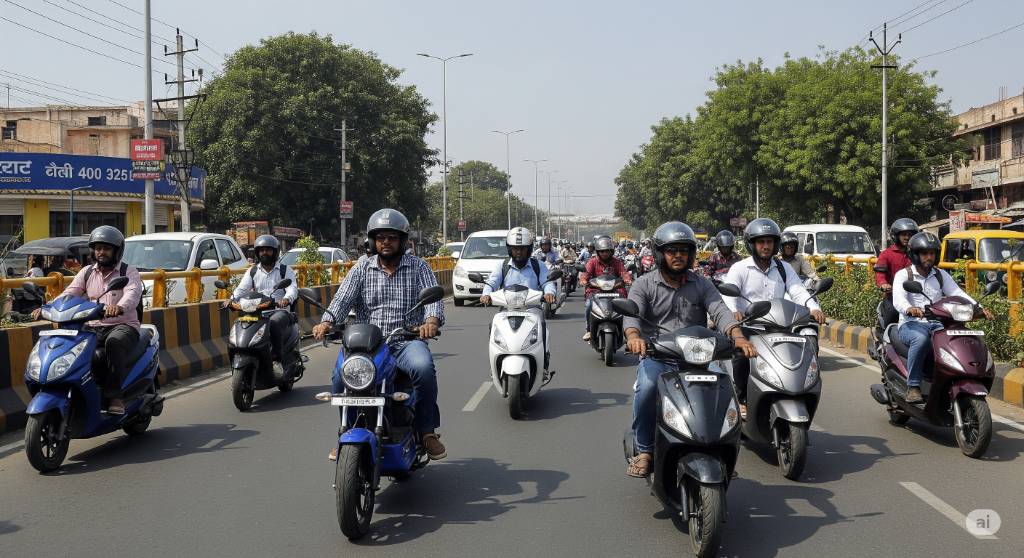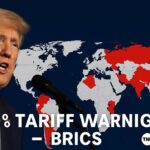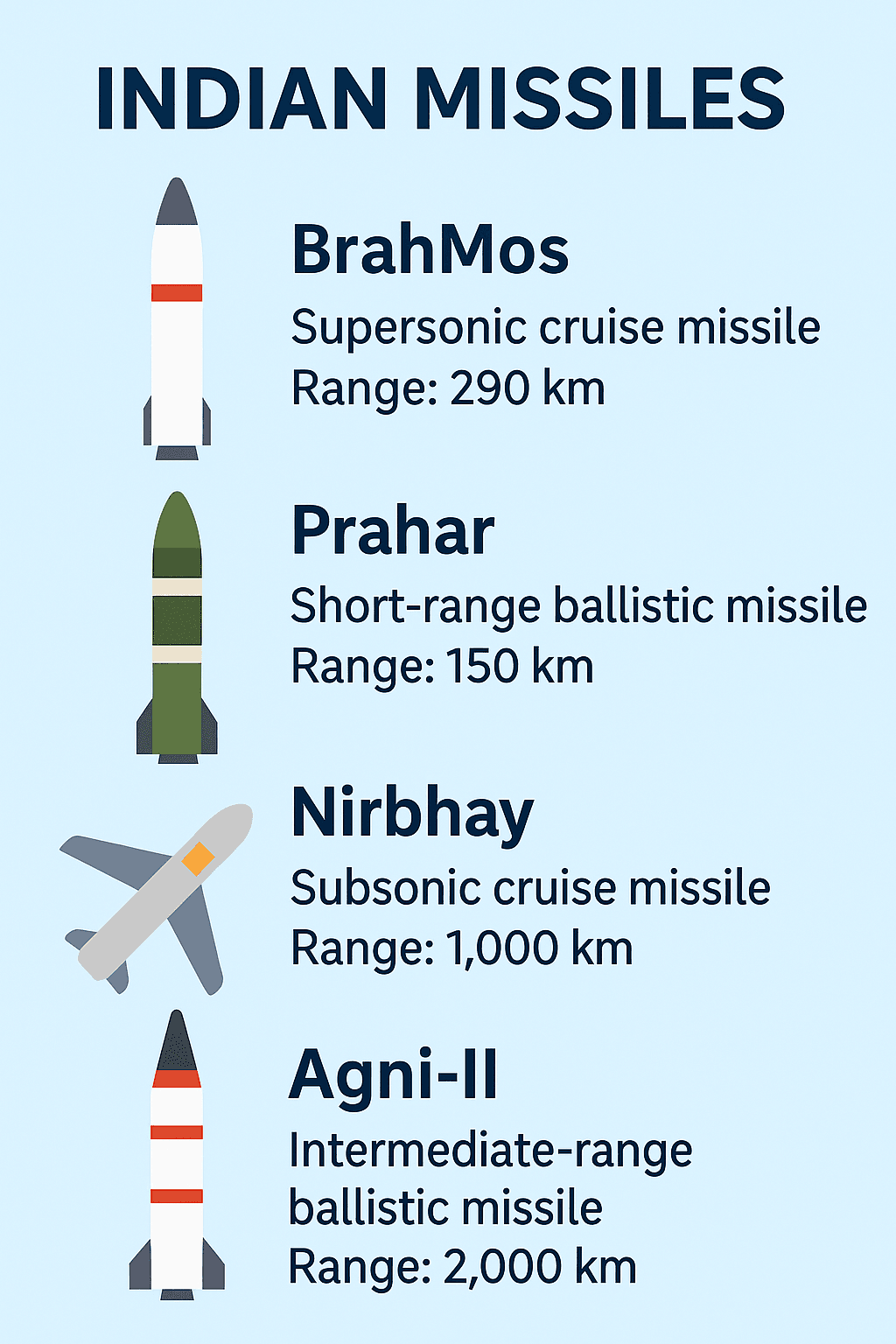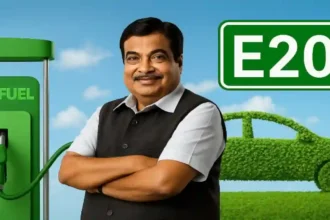
Electric Two Wheeler Sales Cross 93,000 Mark in June 2025
India’s electric mobility sector recorded a strong surge in electric two wheeler (E2W) sales during June 2025, with a total of 93,872 units sold, according to data from the VAHAN portal and major OEMs. This marks a significant improvement from May 2025 and demonstrates that the EV revolution in India is gaining consistent traction, particularly in the two wheeler segment.
- Electric Two Wheeler Sales Cross 93,000 Mark in June 2025
- Monthly Trends: June 2025 vs. Previous Months
- EV Revolution Gains Speed on Indian Roads
- Top Electric Two Wheeler OEMs June 2025 Performance
- Key Factors Driving June 2025 Sales Growth
- Urban vs. Rural: Who’s Buying More E2Ws?
- Outlook for July 2025 and Beyond
- Challenges Ahead for EV Ecosystem
- Expert Opinion
- India’s Top Selling EV Models – June 2025
- Conclusion: The E2W Boom is Real and Rolling
The rapid adoption of electric scooters and bikes signals a shift in Indian consumer preferences towards sustainable, cost effective, and tech driven mobility solutions. As petrol prices remain volatile and the government continues to push for green mobility, E2Ws have become a preferred choice for daily commuting.
Monthly Trends: June 2025 vs. Previous Months
The electric two wheeler segment had seen some temporary slowdown in early 2024 due to changes in FAME II subsidies and supply chain constraints. However, in 2025, the market has steadily bounced back.
| Month | Units Sold (E2Ws) |
|---|---|
| April 2025 | 84,132 |
| May 2025 | 88,203 |
| June 2025 | 93,872 |
Month on month growth: 6.4%
Year on year growth: 35% (compared to June 2024)
This upward trend shows renewed consumer confidence, better financing options, and the effect of state level incentives and urban EV policies.
EV Revolution Gains Speed on Indian Roads
The phrase “EV revolution” has become more than just a buzzword. India’s electric vehicle ecosystem is witnessing:
- Expansion of charging infrastructure
- Lower operating costs of EVs vs. ICE vehicles
- Availability of innovative EV models
- Entry of tech companies into EV space (like Ola Electric, Ather, and Simple Energy)
- Government programs like PM eBus Sewa, PMPeV, and revised FAME III (in discussion)
The electric two wheeler market has become a gateway for mass EV adoption, with Tier 1 cities leading, followed by Tier 2 and Tier 3 towns catching up rapidly.
Top Electric Two Wheeler OEMs June 2025 Performance
Here’s how India’s leading E2W manufacturers fared in June 2025:
| OEM | Units Sold (June 2025) | Market Share |
|---|---|---|
| Ola Electric | 32,116 | 34.2% |
| TVS Motor (iQube) | 17,242 | 18.4% |
| Ather Energy | 11,874 | 12.6% |
| Bajaj Auto (Chetak) | 6,512 | 6.9% |
| Greaves Electric (Ampere) | 4,340 | 4.6% |
| Hero Electric | 3,920 | 4.2% |
| Others (Smaller players) | 17,868 | 19.1% |
Ola Electric continues to dominate the market, particularly with its S1 Air and S1 Pro Gen-2, while TVS iQube continues steady growth with new deliveries of its upgraded variants.
Ather Energy maintained momentum due to the popularity of the 450 Apex and Rizta, especially in urban metros.
Key Factors Driving June 2025 Sales Growth
1. Improved Financing Options: NBFCs and banks are now offering lower EMIs and interest rates for EVs, making electric scooters more accessible to middle class households.
2. Wider Charging Network: Government and private firms have installed 12,000+ public charging stations across major Indian cities by June 2025.
3. Lower Maintenance Costs: With no engine oil or complex mechanical parts, EVs have 50% lower maintenance costs compared to petrol scooters.
4. State Incentives & Zero Registration Fee: States like Maharashtra, Delhi, and Gujarat offer additional subsidies, waivers on registration fees, and road tax exemption.
5. Work Commute & Delivery Use Cases: Electric scooters are being increasingly used by gig workers, delivery companies (like Zomato, Swiggy, Zepto), and for last-mile connectivity.
Urban vs. Rural: Who’s Buying More E2Ws?
- Urban centers such as Bengaluru, Delhi, Pune, Hyderabad, and Chennai are still leading in volume sales.
- However, there’s visible growth in Tier-2 & Tier-3 towns like Indore, Nagpur, Kanpur, and Ranchi due to better road awareness, dealership outreach, and rural financing.
- Digital campaigns by OEMs and the ‘Make in India’ movement have also improved trust in EVs across rural markets.
Outlook for July 2025 and Beyond
As India heads deeper into FY 2025-26, analysts expect:
- July sales to cross the 95,000 mark, potentially nearing 1 lakh E2Ws in a single month.
- The launch of new, affordable EV models under ₹80,000.
- Increased state push under Urban Mobility Mission 2.0.
- Potential introduction of FAME III policy by late 2025.
According to Crisil and ICRA, the Indian E2W market could cross 1.3 million units in FY26, capturing nearly 10% of the overall two wheeler market.
Challenges Ahead for EV Ecosystem
Despite the surge, challenges remain:
- Battery quality issues and fire risks
- Inconsistent EV charging infrastructure in semi-urban areas
- Lack of uniform resale market for used EVs
- Dependence on imports for lithium and rare earth materials
These roadblocks need attention from both policy makers and OEMs to sustain the long term EV growth trajectory.
Expert Opinion
Anil Mehrotra, EV Market Analyst at AutoInsights India, told:
“The June 2025 E2W sales clearly indicate that India is in a serious transition phase. Once battery tech improves and resale values are stabilized, the curve will turn exponential.”
India’s Top Selling EV Models – June 2025
| Model | OEM | Price (₹) | Estimated Sales |
|---|---|---|---|
| Ola S1 Air | Ola Electric | ₹84,999 | 21,000+ |
| TVS iQube ST | TVS Motor | ₹1,25,000 | 14,500+ |
| Ather 450X | Ather Energy | ₹1,39,999 | 10,000+ |
| Bajaj Chetak | Bajaj Auto | ₹1,15,000 | 6,000+ |
| Ampere Magnus | Greaves | ₹89,000 | 4,000+ |
Conclusion: The E2W Boom is Real and Rolling
With 93,872 electric two wheelers sold in June 2025, India’s EV ecosystem is undeniably growing. The rise of sustainable mobility is not just about reducing emissions it’s a full blown economic and technological revolution. As government policies align with market demand and tech advances make EVs more affordable, the electric two wheeler sector will lead India’s clean mobility story.
Stay Connected with The News Drill for more updates on EV policy, business trends, and auto news.
Contact us: contact@thenewsdrill.com
Submit tips or stories: editor@thenewsdrill.com
Contributor page: Become a contributor
📍 This article is part of TND’s special coverage on India’s Sustainable Mobility Drive.
















